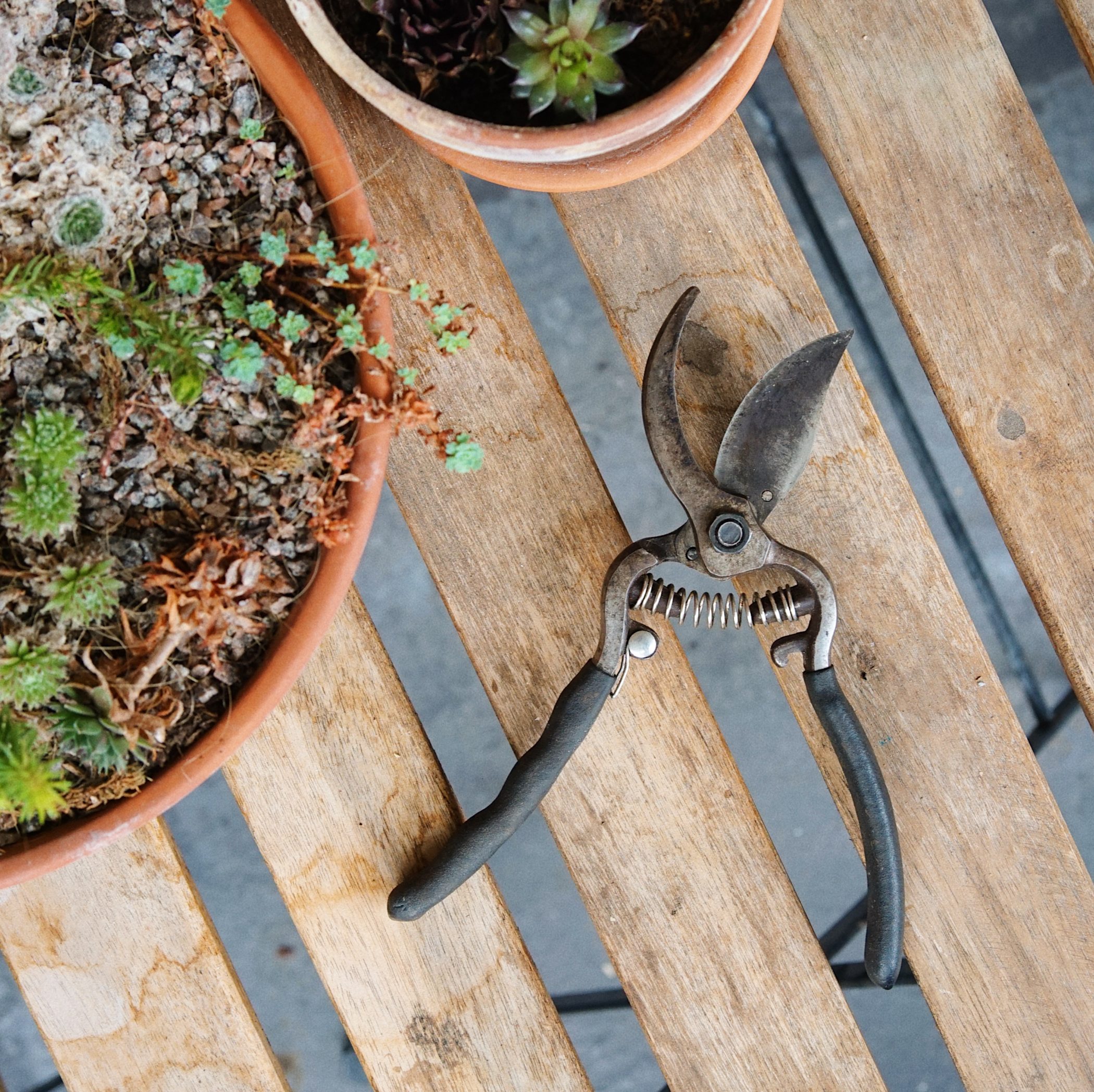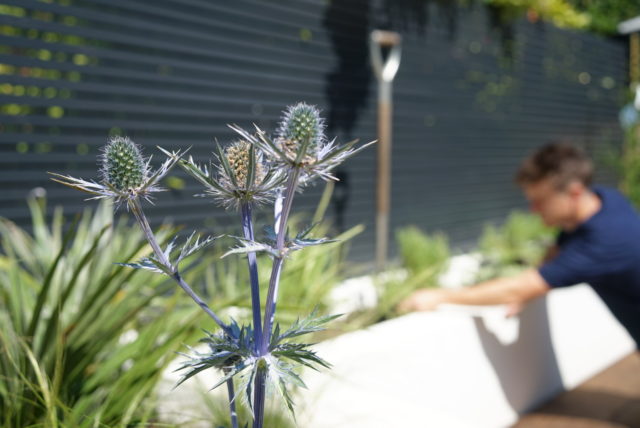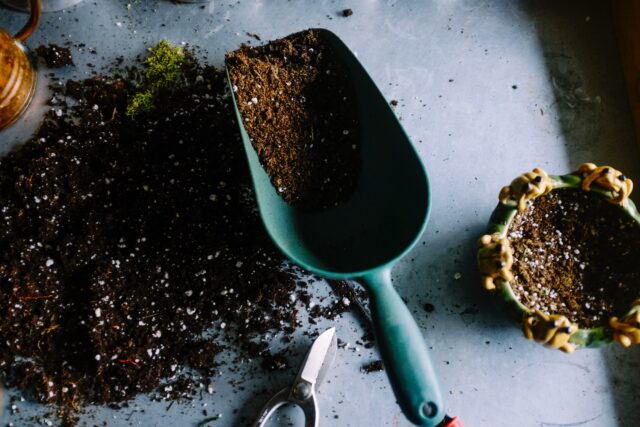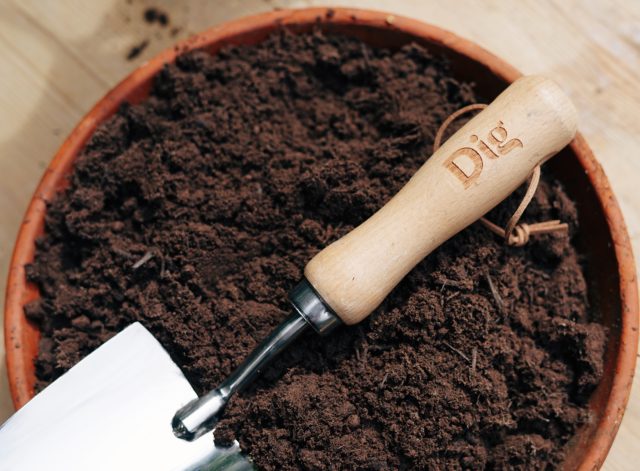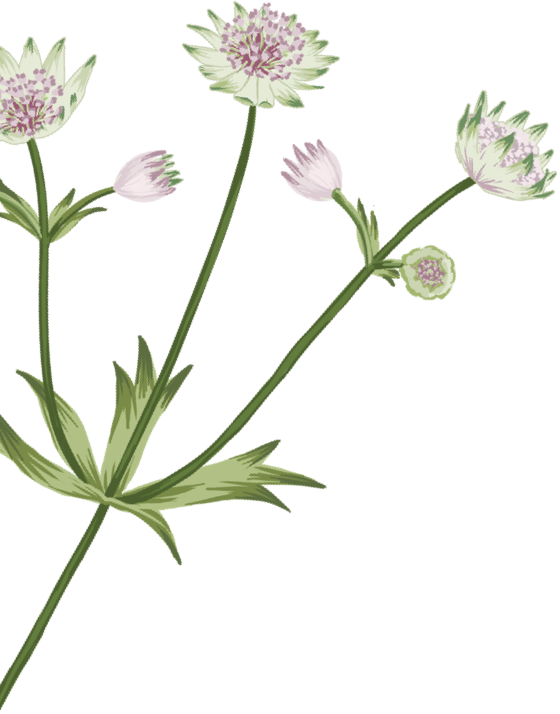Last month saw the passing of the summer solstice, the tipping point in the year when the days ever so slowly begin to shorten. All is not lost though because the solstice marks the true beginning of summer. This is as visible in the glorious sun and warm weather as it is in the gardens, terraces, balconies and patios that are crackling with the life that the sun and warmth have brought on.
July is a month to truly enjoy your outdoor space, some plants will be winding down, but many are just getting starting – meaning there are plenty of things to be getting on with to keep the greenery and blooms churning. Here is a list of a couple of practical things you can be getting on with to keep it looking its best through these hazy days of heatwaves and long evenings.
Watering
We’ve said it before, and we’ll say it again, but you really cannot do too much watering in the summer months, particularly with temperatures like those we’ve had recently. Keeping your soil damp, and your plants watered will ensure that no matter how warm and sunny things get, they’ll have the best chance of excelling as well as giving you weeks of enjoyment from them. Remember our three top tips: Be sensible with how much water you use – use a watering can filled from a water butt if possible and try not to waste any of this precious stuff. Water in the morning or the evening – this is when the water will have the least chance of evaporating away and also starts or finishes the day off peacefully. Water the base of the plant – the leaves really don’t need it but the roots do.
Dead-heading
Lots of plants really benefit from dead-heading. What is dead-heading? Dead-heading is very simply removing old and spent flowers from plants so that their energy goes into producing new blooms instead of growing seeds on the old ones. To ensure you’re keeping your plants flowering for as long as possible, remove old, browning flowers by gently pulling at the flower head, which should easily come away from the base of the flower. If there’s resistance, then it’s not ready to come off yet. Once removed, consider adding these to a compost heap, or disposing in your garden waste.
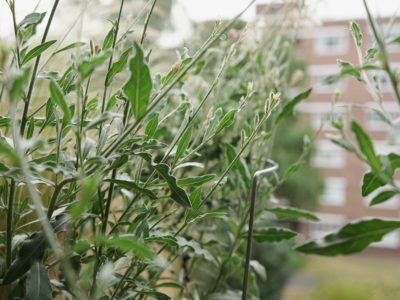
Support your plants
Plants need a bit of support every now and then. Aside from whispering words of gentle encouragement to them, you might also want to consider some structural support. Plant supports come in a variety of shapes and sizes and most garden centres will know exactly what you’re talking about if you ask and be able to point you in the right direction to their selection. You can then choose the right size for the plant you’re looking to protect. Plant supports are usually inserted into the soil and form an edge for drooping branches and flowers to lean against. They’re particularly handy with Gaura – shown below on my balcony which I’ve planted using designs from our Mediterranean theme. I installed these just this week as the flower stems became heavier and heavier with blooms, causing them to hang over the edge of my balcony and risking getting damaged by wind. Now, they’re upright and looking as brilliant as they deserve to. I’ve also placed some on a pot containing a Thalictrum which, though beautiful, is very delicate and is benefitting enormously from the extra protection the support offers as I crash past it during my evening watering. I’ve chosen some metal supports which should oxidise in the coming months turning from industrial grey to aging rust red – which will suit the colour palette perfectly.
Sowing biennials

If you’re the proud owner of a Dig bed then you might have your hands full already – but you might also now have the gardening bug, which means it’s a perfect time to begin thinking about sowing some seeds for beautiful biennial blooms next year. Biennials are plants that take two years, generally in a temperate climate like ours in the UK, to complete its biological life cycle – meaning you have to plant it this year for flowers next year. Plants such as foxgloves, honesty, forget-me-nots and wallflowers amongst many more, will bloom this year if sown now. For more information on sowing these plants, the RHS is a fantastic resource for information on almost any plant you wish to sow.
Love your lawn
For those with a lawn, you might be noticing a bit of yellowing at the moment. Grass, like any other plant, needs water and in the warm months they particularly benefit from it to keep them soft and verdant. Give your lawn the odd evening water too here and there, spiking it with a fork beforehand to help the water get to where its needed.
On the other hand, if you are being particularly water conscious, which we always recommend, lawns are pretty hardy things and will generally come back green and luscious again during the cooler, wetter months. We’re huge fans of encouraging anyone to let their lawn go wild during the summer months, so consider leaving it to grow out, perhaps with a path mown through it to create a new habitat for wildlife – you will be astonished at how much new activity you see in your garden with even a small section of long grass. There might even be some wildflowers lurking in there. As with any gardening, it’s always worth leaving an area for a couple of seasons to see what might be hiding under the soil, waiting for the right time of year to emerge.
Cut lavender for drying
If you’re lucky enough to have a sunny garden, and even luckier to have planted some lavender (a Dig favourite in our Mediterranean theme), now is a perfect time to cut lavender for drying. Choose blooms that are newly open for the best fragrance, cut them at the base of the stem with a pair of sharp, clean scissors, snips or secateurs, and tie into a bunch, hanging upside down in a cool, dry place ready to be placed in a vase or even bagged to prevent clothes moths – just like your grandmother used to.
For regular gardening tips from our team of garden designers, experts, and enthusiastic amateurs like me follow our #DigTopTip hashtag on Instagram for weekly updates, as well as our blog where we’ll be posting more of these monthly updates from now on.
Enjoy the sun, and the rest of these most exciting of gardening months!

